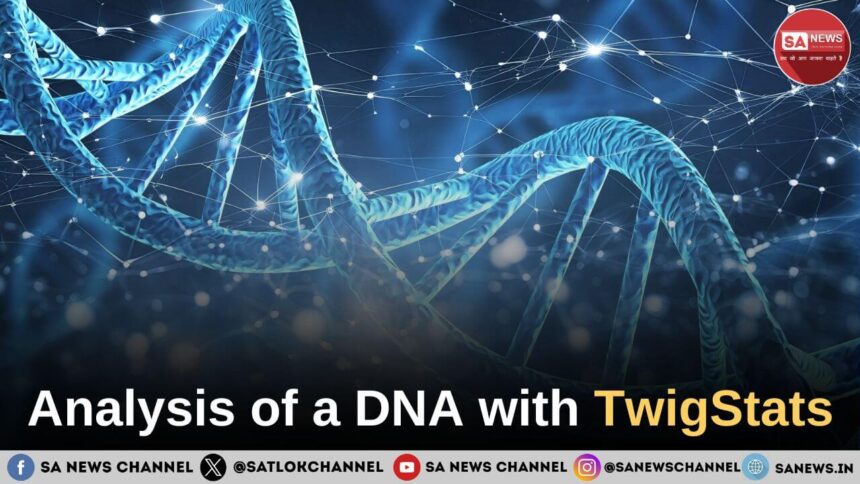Recent advances in genetic research have opened new avenues for understanding ancient human populations. The discovery of burial sites, mass graves, and the analysis of ancient DNA (aDNA) from these sites provides vital information about population dynamics and migration. Researchers use genetic materials to study ancestry and migration throughout history, shedding light on the complexities of cultural transitions.
The Importance of Ancient DNA
Ancient DNA serves as a crucial resource for reconstructing human history. It allows scientists to study population expansions, admixture events, and migration patterns. These genetic insights help uncover relationships between ancient populations and their modern descendants. However, similarities between populations across different geographic regions pose challenges in tracing genetic ancestry.
Challenges in Genetic Genealogy Research
One primary challenge in studying aDNA is the limited sample size. Fewer ancient samples often result in lower sequencing quality compared to larger datasets of medieval or modern genomes. This discrepancy complicates the comparison of genetic lineages across time periods. Additionally, gene flow from ancient to modern populations adds complexity to the analysis.
Traditional Methods of Analysis
Researchers have traditionally relied on single nucleotide polymorphisms (SNPs) to analyze aDNA. SNP analysis identifies natural genetic variations and has proven useful in reconstructing genetic history. However, this method’s reliance on high-quality samples limits its effectiveness, particularly for closely related populations.
Also Read: Exploring Scientific Breakthroughs: Unveiling the Future
New Analytical Techniques
Recent studies have introduced more advanced analytical methods, such as haplotype analysis. This approach examines shared DNA segments and rare variants within populations, providing a more comprehensive understanding of genetic structures. Researchers also use phylogenetic tree inference to uncover demographic information and ancestral locations.
The TwigStats Method
A significant development in genetic analysis is the TwigStats method, introduced by a collaboration led by the Francis Crick Institute. This technique enhances statistical power and reduces errors by employing layered ancestry analysis. TwigStats has been tested on simulated genetic data and applied to aDNA samples from northern and central Europe, revealing intricate details of genetic history.
Insights from TwigStats
Using TwigStats, researchers reconstructed the genetic history of 1,556 aDNA samples from 500 BC to 1000 AD. This analysis provided insights into individual ancestries and population movements. The method revealed high-resolution information about the genetic makeup of humans during historical periods. For instance, it highlighted genetic changes in Poland during cultural transitions.
Viking Ancestry and Migration Patterns
The study uncovered evidence of Scandinavian-like ancestry in Britain and the Baltic regions before the Viking Age. This suggests earlier migrations and interactions between these regions than previously thought. The analysis also indicates bidirectional gene flow between Scandinavia and continental Europe, reflecting the complex dynamics of Viking migration.
Key Findings:
- TwigStats increases the accuracy of genetic analysis.
- The ancestors of North Indians share genetic ties with Central Asians.
- Gene flow between Scandinavia and Britain predates the Viking Age.
- Haplotype analysis provides more in-depth ancestry information than SNP analysis.
- The Wielbark culture emerged in the early centuries AD.
Cultural and Genetic Interactions
The interplay between cultural shifts and genetic changes is evident in these findings. This study demonstrates how innovative genomic analysis techniques can unravel the genetic diversity of early medieval populations and refine our understanding of history. By integrating genetic data with archaeological and historical evidence, researchers can build a more nuanced picture of our ancestors’ complex cultural history.
Additional Information
What is probability in genetics?
If both parents are carriers of the same genetic condition, there is a 25% (or 1 in 4) chance that each child will be affected.
Who is the father of genetics?
Gregor Mendel.
What are Mendel’s three laws?
- Law of Dominance
- Law of Segregation
- Law of Independent Assortment









